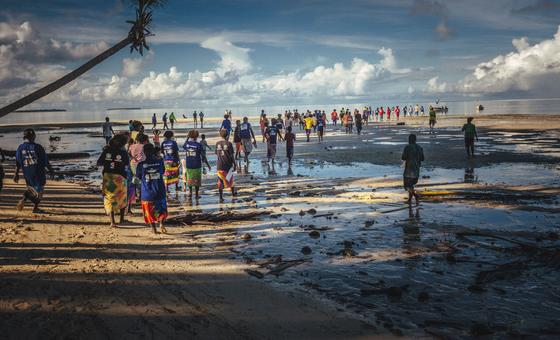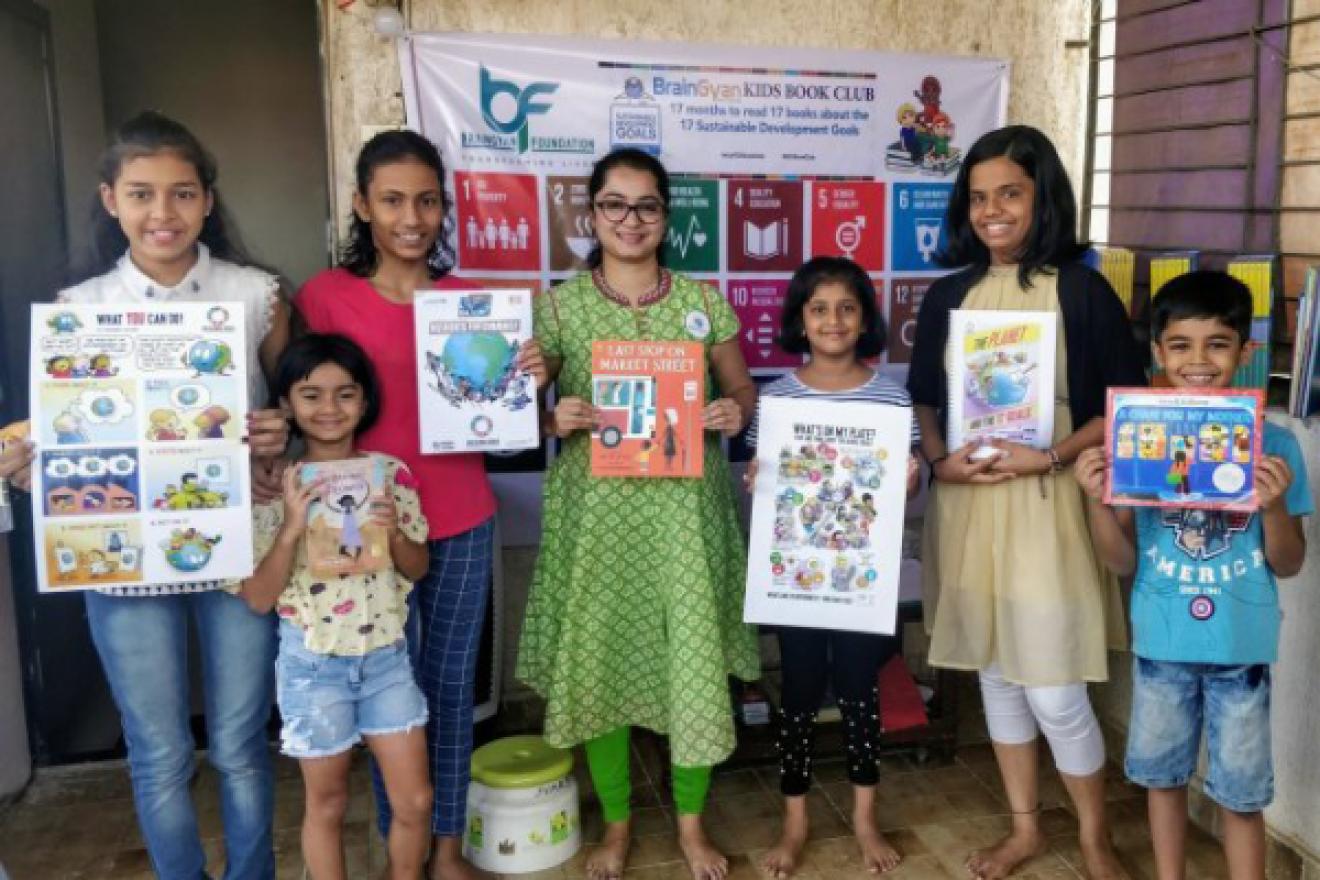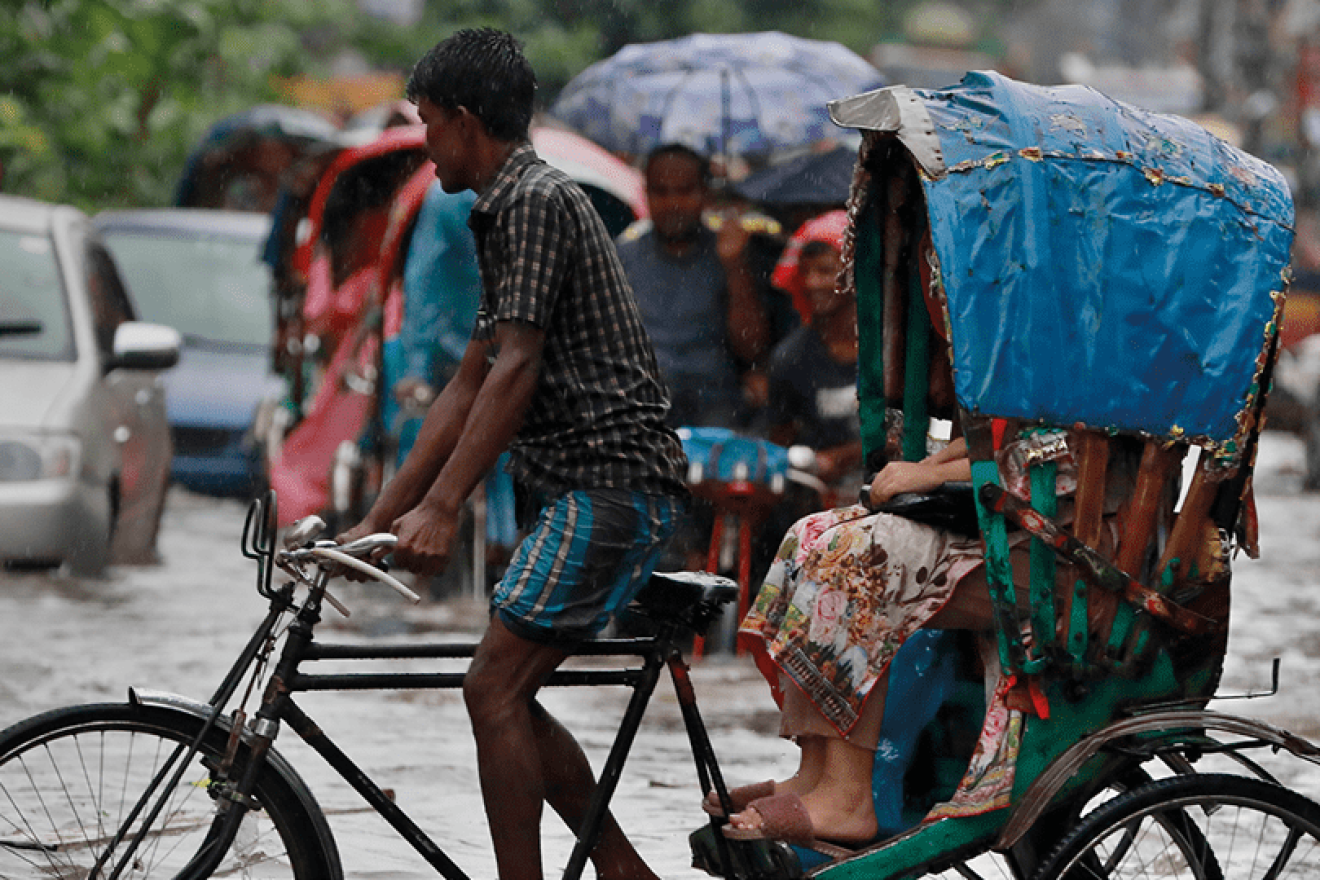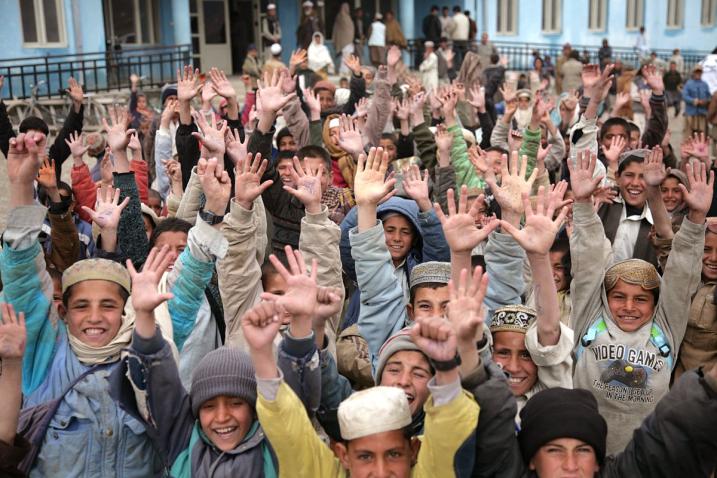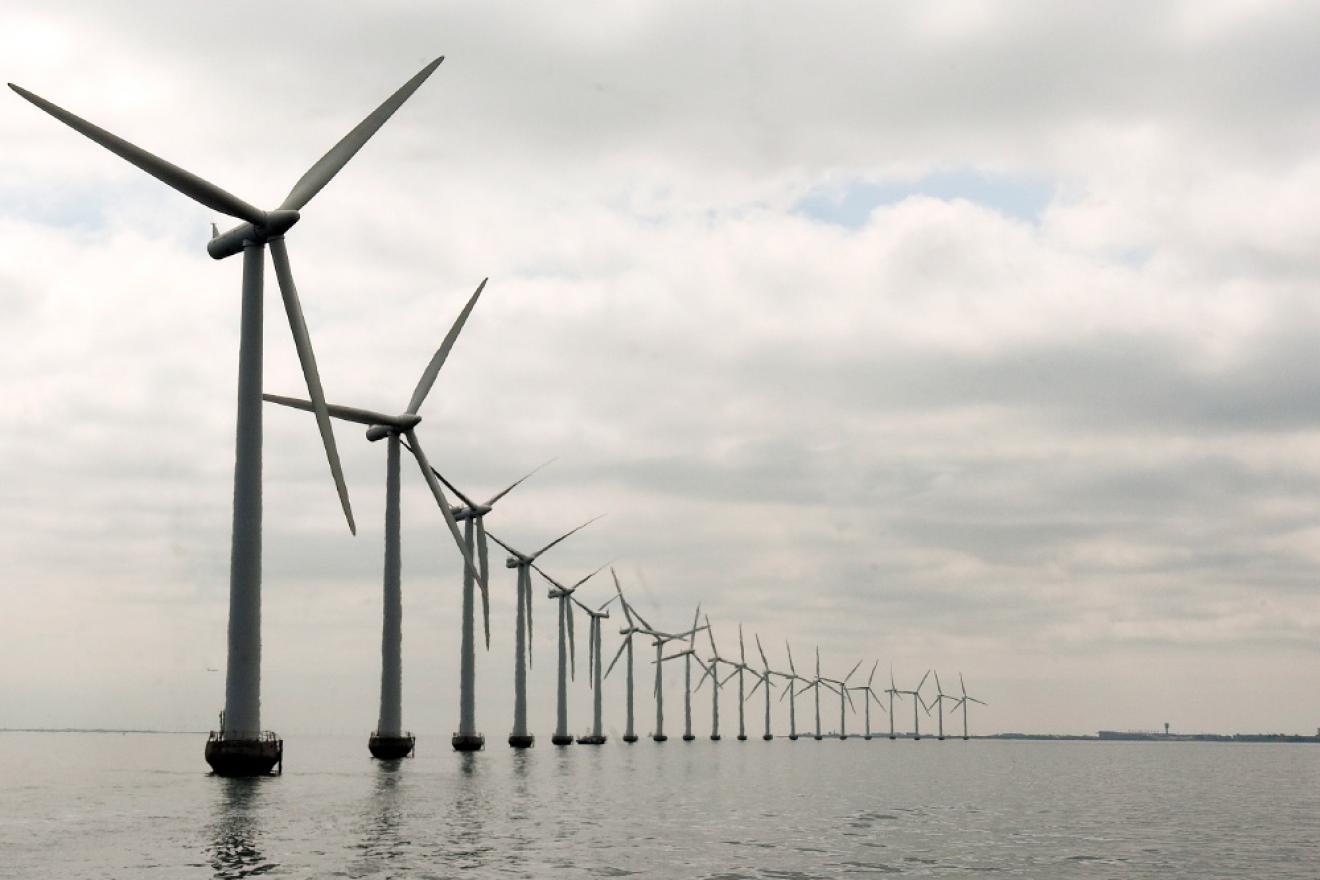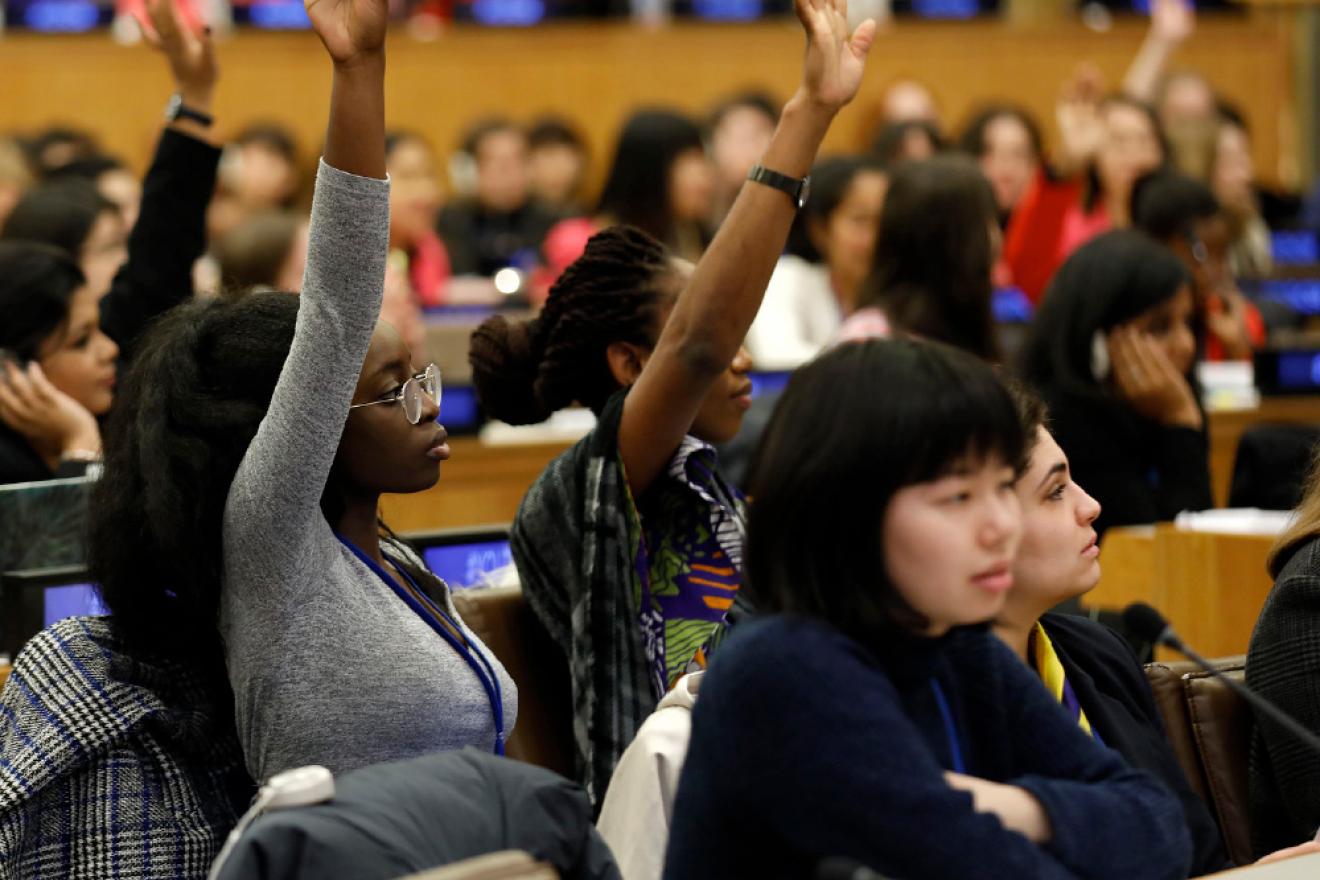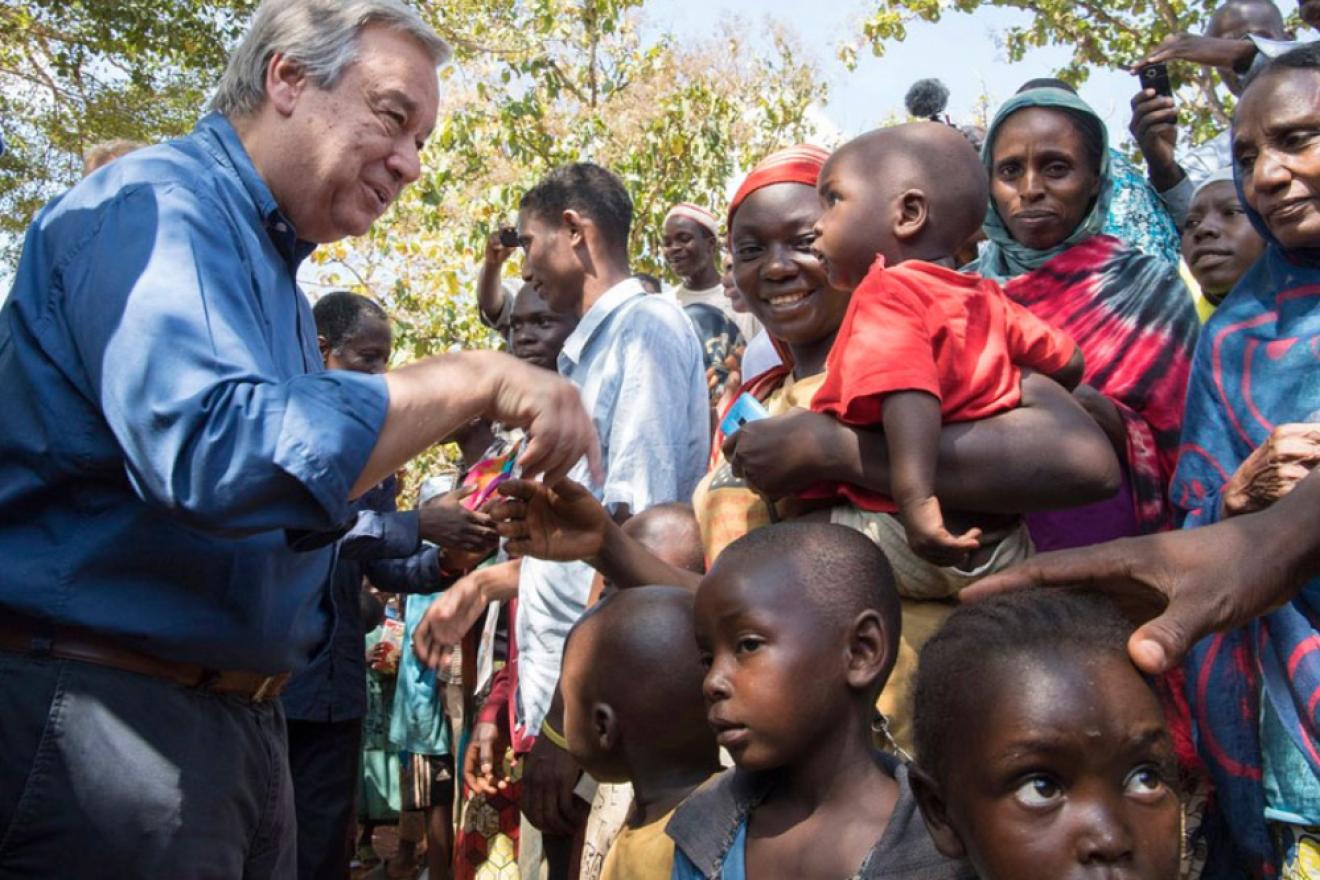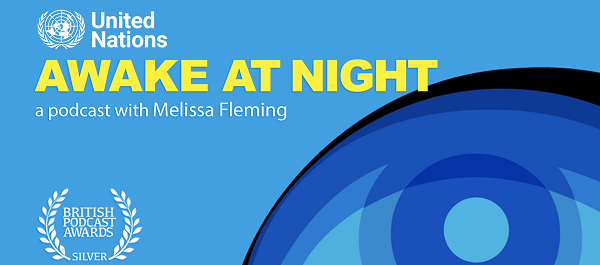The Goals can improve life for all of us. Cleaner air. Safer cities. Equality. Better jobs. These issues matter to everyone. But progress is too slow. We have to act, urgently, to accelerate changes that add up to better lives on a healthier planet. Find new inspiring actions on the app and at un.org/actnow.
Follow the money. Stop organized crime
The 2025 International Day for the Prevention of and Fight against All Forms of Transnational Organized Crime highlights the cost of transnational crime rings and the need to trace illicit financial flows to cut criminal networks’ lifelines. This year’s campaign, “Follow the money. Stop organized crime.”, calls for targeting the profits of organized crime to disrupt operations, strengthen justice, and return stolen assets to communities. Member States, international organizations, civil society, the private sector, and individuals are encouraged to join the campaign. #StopOrganizedCrime


